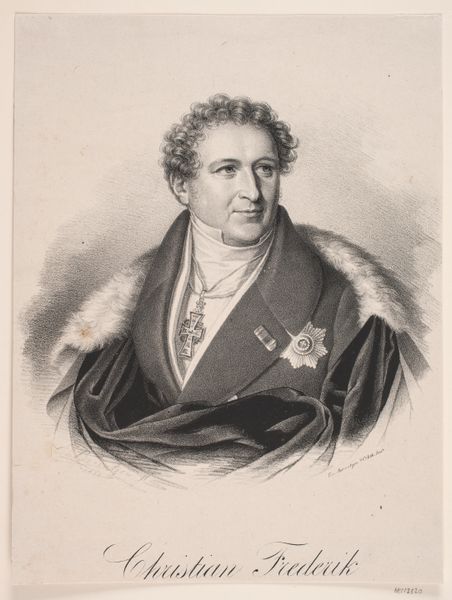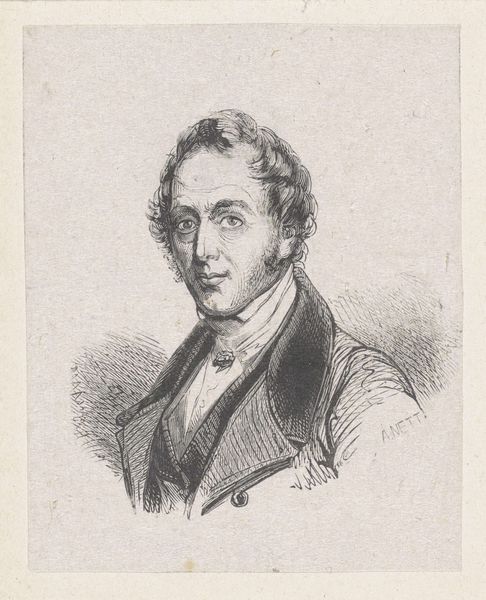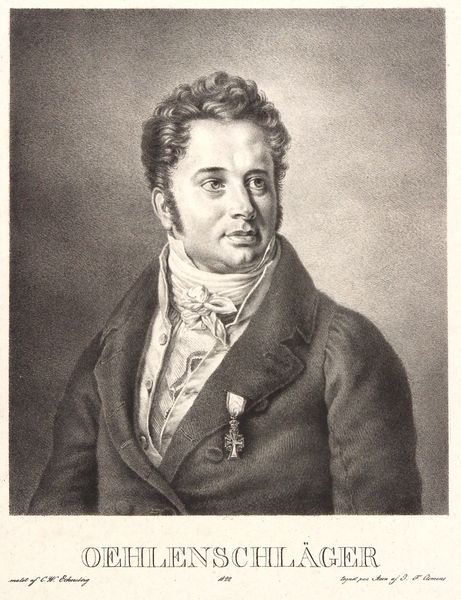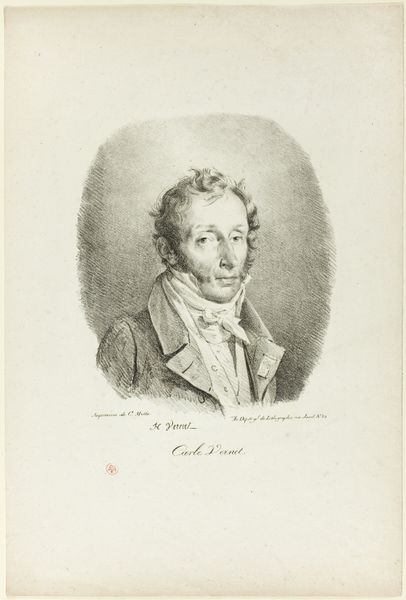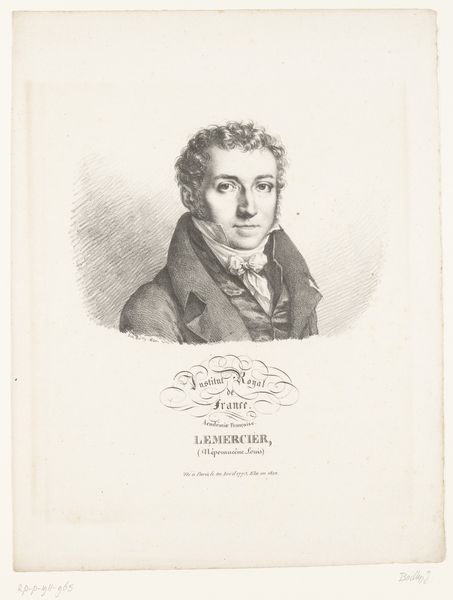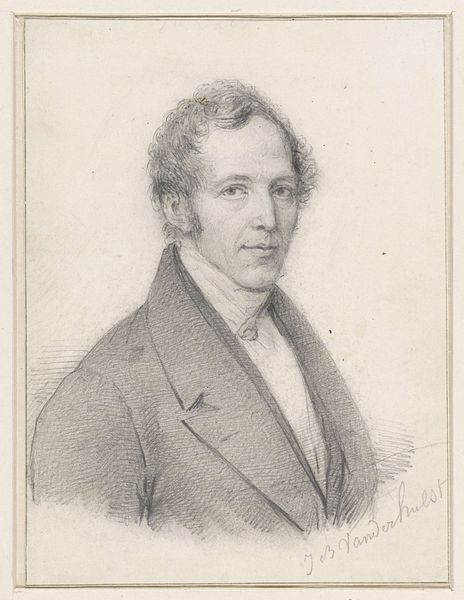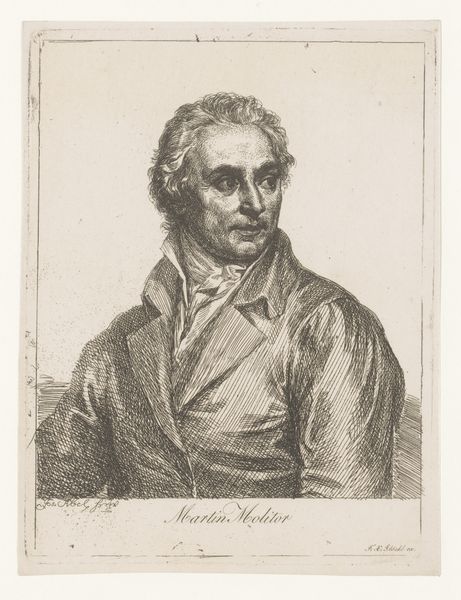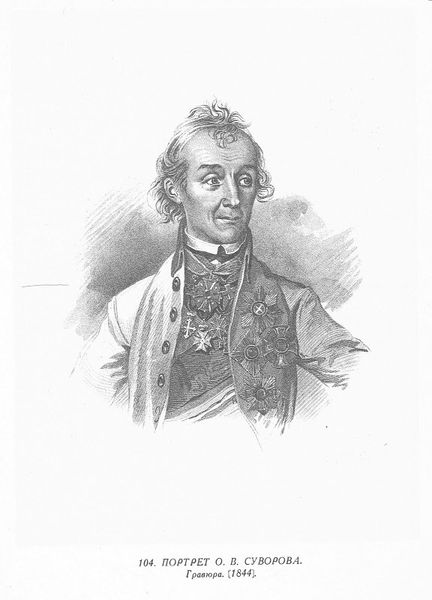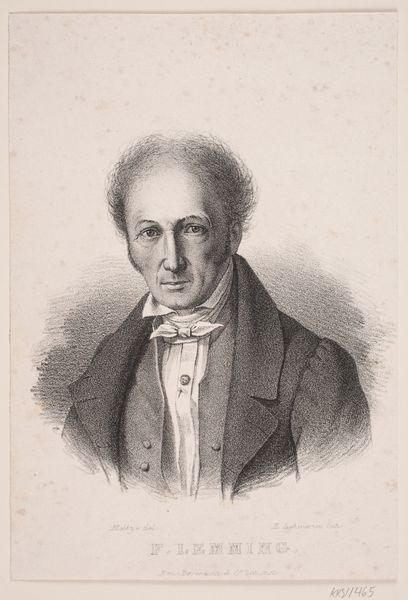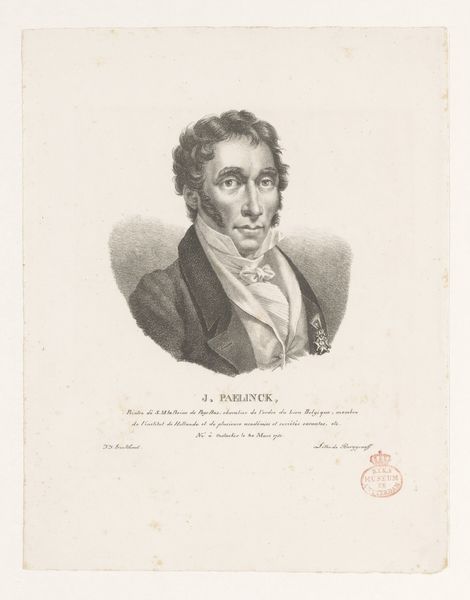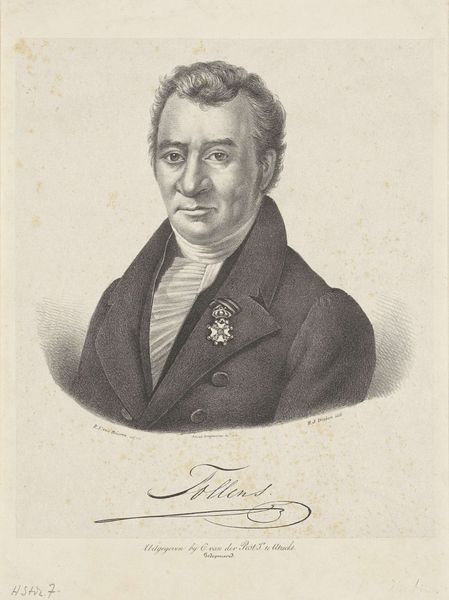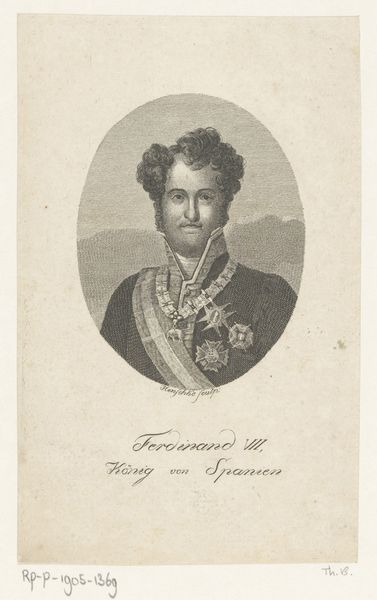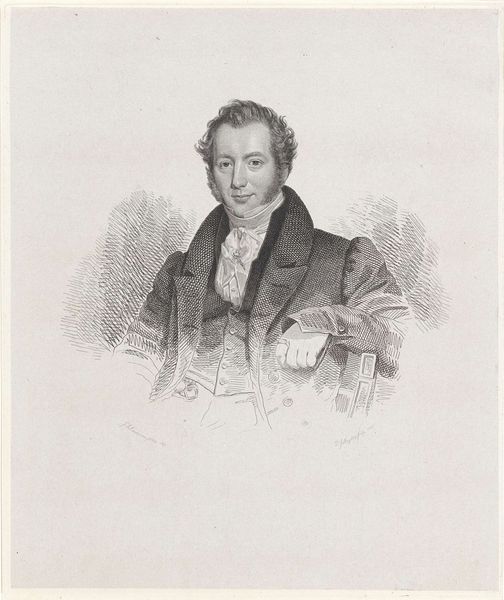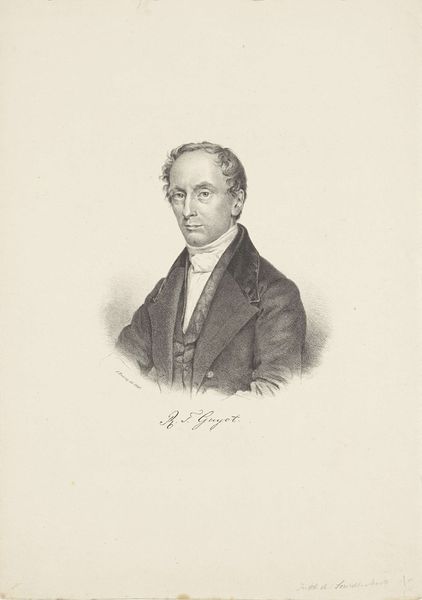
lithograph, print, ink
#
portrait
#
lithograph
# print
#
charcoal drawing
#
oil painting
#
ink
#
romanticism
#
portrait drawing
#
watercolour illustration
#
portrait art
#
watercolor
Copyright: Public domain
Curator: Standing before us is "Ascher Metzel," a lithograph created in 1833 by Johann Baptist Clarot. Editor: My first impression? There's a somber yet determined feel to this portrait, especially given the meticulous rendering of the subject's attire and, well, the bling. Curator: "Bling," huh? It's true; Metzel certainly is bejeweled! The artwork employs lithography, which allowed for relatively mass production and dissemination. I can imagine this sort of image being incredibly important to a certain upwardly mobile social class. I imagine possessing something like this, a printed image, became more and more common for middle-class folks like me. Editor: Absolutely. Consider the economic implications! Lithography streamlined the portrait process. Previously, such images would've demanded commission fees to the painter or sculptor as well as exotic, expensive oil pigments from the early moderns that gave rise to such an exclusive art world. By employing ink and stone and rendering them for printmaking, a much cheaper likeness of someone such as Ascher became far more attainable, don't you think? Curator: Definitely! Plus, the material itself, a lithographic print, speaks to the desire for capturing and sharing images more widely, hinting at a growing awareness of representation and even, dare I say, fame. It is something the photograph fully enabled. Now you need but the means to turn yourself into anyone! Editor: Well said. There's this underlying commentary of the era when industrializing Europe craved tangible tokens that echoed a kind of upward mobility and celebrated personal advancement as the West slowly edged into capitalist society. Curator: Thinking of materials also makes me consider the lost intimacy that portraits used to entail. Now the act of artistic creation felt somewhat flattened. The artist as artisan gives way to the artist as mere craftsman replicating images via technological means. Even portraiture became mediated via this shift away from bespoke to reproduction. Editor: I’ll never understand your insistence on deconstructing everything artistic by romanticizing olden days! What are the advantages of only possessing, viewing, and sharing experiences alone with someone's canvas rendering of Metzel? Give me the democratization any day! Curator: And give me something special any day. Editor: Ha! A common divide among all art lovers. Thank you, though. I didn’t truly appreciate Clarot's piece until this chat! Curator: My pleasure. I appreciate the insights that you are ever grounded in a world I don't know at all!
Comments
No comments
Be the first to comment and join the conversation on the ultimate creative platform.
